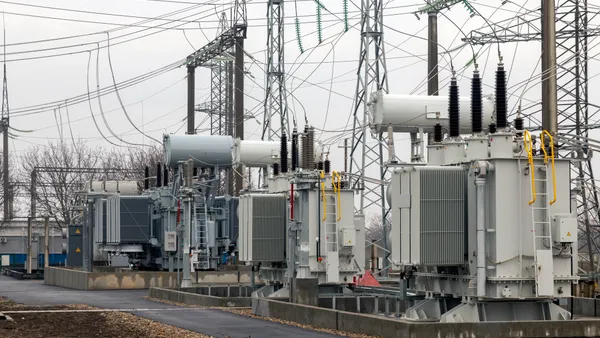Dive Brief:
- The Tennessee Valley Authority (TVA) requested an operating license from the U.S. Nuclear Regulatory Commission (NRC) for the 1,150 MW Watts Bar nuclear facility unit 2. It would be the first nuclear reactor to go online in the U.S. since unit 1 in 1996.
- The license request signals the completion of comprehensive testing that demonstrates unit 2’s operational readiness. Because TVA’s license request to the NRC lists other tasks necessary to demonstrate the facility is ready and safe, it is unclear when the facility will be commissioned.
- Construction on unit 2 was begun in January 1973, during the big U.S. turn toward nuclear power. It was put on hold several times in the interim when U.S. energy demand flattened and when the Three Mile Island, Chernobyl, and Fukushima incidents forced reconsideration of NRC standards.
Dive Insight:
In April 2012, the TVA board reviewed multiple cost overruns and delays, imposed a $4.2 billion budget, and targeted the end of 2015 for operations to begin. The project is now 99% complete and, based on those revisions, "is on time and on budget," according to TVA President Bill Johnson.
The NRC license would grant TVA the privilege to load nuclear fuel into the reactor. The license request, which runs to hundreds of pages, lists many testing procedures still necessary before the facility can be considered completely safe.
The project has completed four significant milestones aimed at safety, quality, and staying on budget and on schedule, according to TVA. They included hydrostatic pressure testing, nuclear reactor vessel assembly, Open Vessel Testing verifying safety-related systems function, and installation and inspection of one of the first functional U.S. FLEX-equipped storage buildings.
FLEX addresses critical lessons learned from Fukushima with an additional layer of backup power and emergency equipment in multiple locations to help maintain cooling should normal systems and other backup systems fail.














